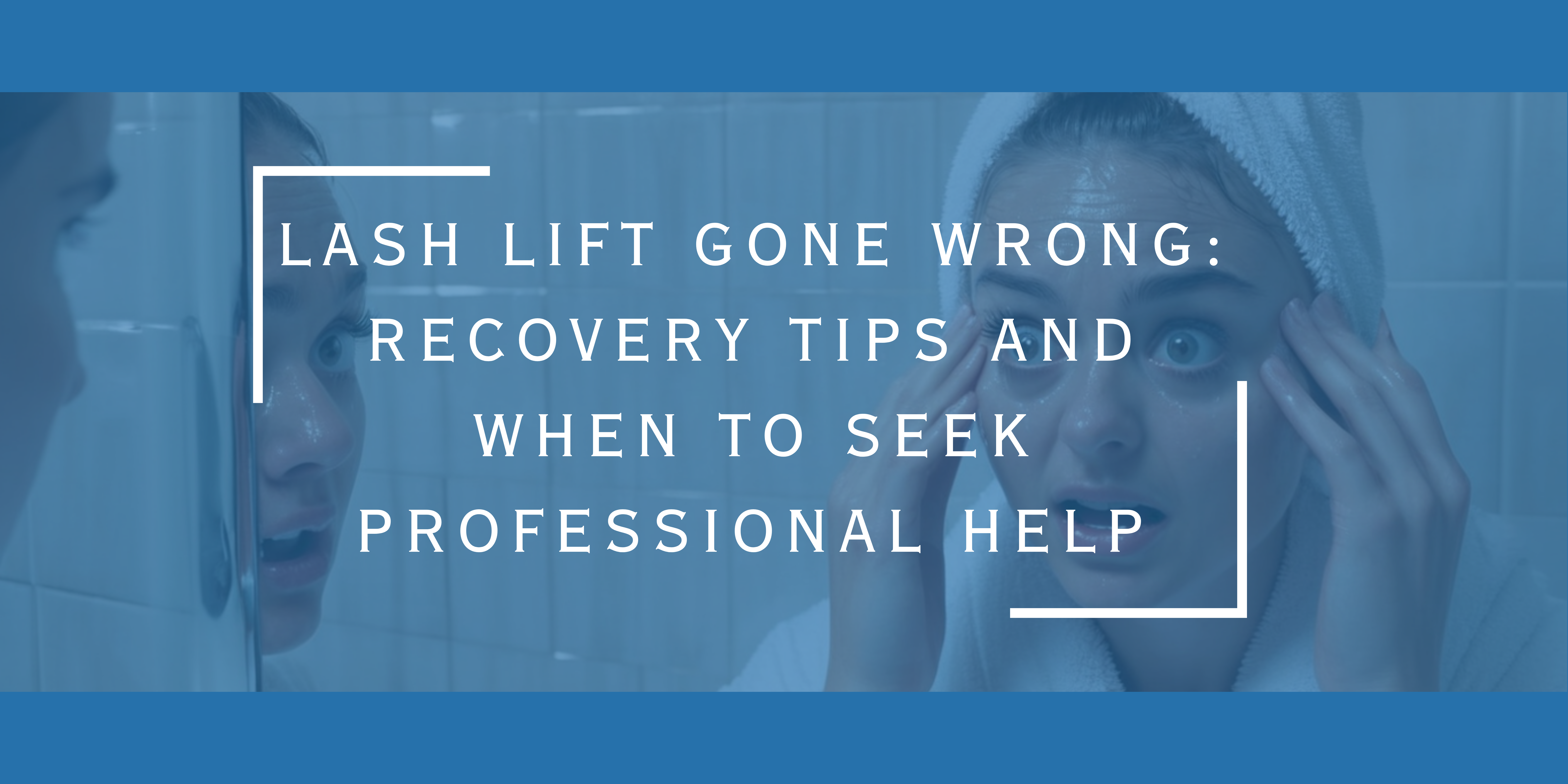 Market Trends
Market Trends
Lash Lift Gone Wrong: Recovery Tips and When to Seek Professional Help
Picture this: you walk into your favorite eyelash beauty salon, excited about getting the perfect lash lift and tint that you've been dreaming about for weeks. You've seen the stunning before-and-after photos on social media, read countless reviews about lash lifts, and finally decided to treat yourself to this popular beauty treatment. But hours later, instead of batting gorgeous, naturally curled lashes, you're staring at a reflection that makes your heart sink. Your eyelash lift has gone terribly wrong.
Sarah Martinez, a 28-year-old marketing executive from Austin, Texas, knows this feeling all too well. "I searched for 'lash lamination near me' and found what seemed like a reputable salon," she recalls. "Three hours later, I had chemical burns around my eyes and lashes that looked like they'd been crimped with a curling iron from the 1980s." Sarah's story isn't unique – according to data from the American Society of Plastic Surgeons, cosmetic eye procedures and treatments have seen a 15% increase in complications over the past three years, with eyelash lifting and tinting being among the most common culprits.
Understanding What Goes Wrong with Lash Lifts
Before diving into recovery strategies, it's crucial to understand what happens when an eyelash lift goes awry. The lash lift process involves using chemical solutions – typically ammonium thioglycolate or cysteamine hydrochloride – to break down and reform the protein bonds in your natural lashes. When performed correctly at a professional eyelash beauty salon, this treatment can give you beautifully curled lashes that last 6-8 weeks.
However, several factors can turn your dream lash lift into a nightmare. Over-processing is perhaps the most common issue, occurring when the lifting solution is left on too long or when a solution that's too strong is used for your particular lash type. Dr. Jennifer Kim, a dermatologist practicing in Beverly Hills, explains, "The protein structure of eyelashes is delicate. When chemical processing goes beyond the optimal time frame, it can cause the lash shaft to become brittle, leading to breakage, uneven curling, or in severe cases, complete lash loss."
Warning Signs of a Lash Lift Gone Wrong: Excessive burning or stinging during treatment, immediate redness and swelling, lashes that appear kinked or crimped rather than naturally curved, unusual discharge from the eye area, or lashes that feel brittle or break easily when touched.
Geographic data from OpenStreetMap reveals that cities with higher concentrations of beauty salons – including New York, Los Angeles, Miami, and Chicago – also report higher instances of lash lift complications. This correlation isn't coincidental; it often reflects the proliferation of inexperienced technicians in markets where demand outpaces proper training.
The Immediate Aftermath: First 24-48 Hours
Maria Gonzalez discovered the importance of immediate action when her lash lift and tint session at a salon in downtown Phoenix left her with severely irritated eyes. "Within an hour of leaving the salon, my eyes were streaming tears, and the skin around them was bright red," she remembers. "I thought it would just go away on its own, but by the next morning, the swelling was so bad I could barely open my eyes."
The first 48 hours after a problematic eyelash lift are critical for minimizing long-term damage. If you experience immediate burning, excessive redness, or unusual swelling, your first priority should be thorough irrigation. Flush your eyes with clean, lukewarm water for at least 15 minutes. This helps dilute and remove any residual chemicals that might still be affecting your eye area.
Avoid the temptation to rub or touch your eyes, no matter how uncomfortable they feel. The tissue around your eyes is incredibly delicate, and additional trauma from rubbing can worsen inflammation and potentially lead to infection. Instead, apply a cold compress using a clean cloth soaked in cool water. Hold it gently against your closed eyelids for 10-15 minutes at a time, with breaks in between.
Emergency Kit for Lash Lift Complications: Keep preservative-free artificial tears, a clean cloth for cold compresses, and the contact information for an ophthalmologist or urgent care center readily available if you're planning to get eyelash lifting and tinting services.
Understanding the Science Behind Recovery
To effectively address lash lift damage, it helps to understand what's happening at a cellular level. Research published in the Journal of Cosmetic Dermatology indicates that chemical damage to hair follicles can disrupt the natural growth cycle, potentially affecting lash regrowth for several months. The average eyelash has a growth cycle of 90-150 days, meaning that severely damaged lashes may take up to five months to fully regenerate.
Dr. Amanda Chen, an ophthalmologist practicing in Seattle, has treated numerous cases of lash lift complications. "The chemical solutions used in lash lifts work by breaking disulfide bonds in the hair shaft," she explains. "When this process goes wrong, it can create weak points along the lash that make them prone to breakage. Additionally, if the chemicals irritate the follicle, it can temporarily halt or slow the growth of new lashes."
This scientific understanding underscores why patience is crucial during recovery. Unlike some beauty treatments where results can be immediately corrected, lash lift damage often requires waiting for natural regrowth processes to occur.
Week-by-Week Recovery Timeline
Understanding what to expect during recovery can help you track your progress and identify when professional intervention might be necessary. Here's a realistic timeline based on clinical observations and patient reports:
Week 1-2: This is typically when inflammation and irritation are at their peak. You might notice continued redness, mild swelling, and discomfort. Damaged lashes may begin to break off during this period. Focus on gentle care and avoiding any additional stress to the eye area.
Jessica Wong, a teacher from San Francisco, documented her recovery journey after a disastrous lash lift experience. "The first week was the worst," she recalls. "Every morning I'd wake up to find more broken lashes on my pillow. It was heartbreaking, but my dermatologist assured me this was normal for the type of damage I'd experienced."
Week 3-4: Inflammation should begin to subside, though you may still notice ongoing lash loss. This is often when people start to see the full extent of the damage, which can be emotionally challenging. Some individuals begin to notice tiny new lashes starting to emerge from follicles that weren't severely damaged.
Week 5-8: New lash growth typically becomes more noticeable during this period. However, these new lashes will be shorter and finer than mature lashes. The eye area should no longer show signs of chemical irritation, though some individuals may experience ongoing sensitivity.
Week 9-12: This is when significant improvement usually becomes apparent. New lashes are gaining length and strength, though they may still be shorter than your original lashes. Some people choose to begin using lash growth serums during this phase.
3-6 Months: Full recovery, including return to pre-treatment lash length and density, typically occurs within this timeframe for most individuals.
Professional Treatment Options
While home care is important, certain situations require professional intervention. Dr. Robert Martinez, who has practices in both Miami and Orlando according to Geonames database, specializes in treating cosmetic procedure complications. "I see patients who've attempted to treat severe lash lift damage on their own, often making the situation worse," he notes. "There are specific medical treatments that can accelerate healing and prevent permanent damage, but they need to be administered by qualified professionals."
Professional treatments for lash lift complications may include prescription anti-inflammatory medications, specialized eye drops to promote healing, and in severe cases, treatments to prevent scarring of the hair follicles. Some dermatologists also offer low-level light therapy, which has shown promise in stimulating hair follicle recovery.
For individuals experiencing persistent inflammation or signs of infection, oral antibiotics or corticosteroids might be necessary. These medications can help control the inflammatory response and prevent secondary complications that could lead to permanent lash loss.
Seek immediate professional help if you experience: Severe pain that doesn't improve with over-the-counter pain relievers, signs of infection (pus, increased redness, warmth), vision changes, or persistent swelling after 72 hours.
The Emotional Journey: Coping with Appearance Changes
The psychological impact of a lash lift gone wrong shouldn't be underestimated. Rachel Kim, a social media influencer from Atlanta, found herself struggling with confidence issues after a botched eyelash lift left her with sparse, uneven lashes. "People don't realize how much eyelashes affect your entire appearance," she shares. "I felt like I looked sick or tired all the time, even when I was feeling great."
Support groups and online communities have emerged to help individuals navigate the emotional aspects of cosmetic procedure complications. The hashtag #LashLiftFail on social media platforms has created a space where people share their experiences and support each other through recovery.
Makeup artist and beauty blogger Diana Torres, who has worked with clients recovering from various lash lift complications, emphasizes the importance of gentle makeup techniques during recovery. "Many of my clients feel the urge to heavily apply mascara or false lashes to hide the damage, but this can interfere with healing," she explains. "I teach them techniques to enhance their natural beauty while allowing their lashes to recover properly."
Prevention: Choosing the Right Salon and Technician
Prevention remains the best approach to avoiding lash lift complications. Research from OpenTripMap data shows that highly-rated eyelash beauty salons typically share certain characteristics: they require extensive training for technicians, use high-quality products, conduct thorough consultations, and maintain detailed records of client treatments.
When searching for "lash lamination near me" or "eyelash lifting and tinting" services, look beyond just proximity and price. Lisa Chen, who owns a successful eyelash beauty salon in Portland, Oregon, explains her screening process: "We spend at least 15 minutes with each new client discussing their lash history, any previous chemical treatments, and conducting a patch test 24-48 hours before the actual service."
Red flags to watch for include salons that rush the consultation process, technicians who seem uncertain about timing or product selection, and facilities that don't maintain proper sanitation standards. Additionally, be wary of significantly discounted services, as they often indicate corners being cut in training, products, or safety protocols.
Long-term Care and Maintenance
Once you've recovered from a problematic lash lift, you may wonder about future eyelash treatments. Dr. Sarah Johnson, a cosmetic dermatologist with practices in Denver and Colorado Springs, advises a cautious approach. "I recommend waiting at least six months after full recovery before considering another chemical lash treatment," she says. "This allows the hair follicles to completely restore their natural strength and resilience."
For individuals who want to enhance their lashes post-recovery, there are several safer alternatives to consider. Lash growth serums containing prostaglandin analogs have shown effectiveness in promoting lash length and density. However, these should only be used under professional guidance, as they can have side effects including eye color changes in some individuals.
Mechanical alternatives like heated eyelash curlers and high-quality mascaras can provide temporary enhancement without the risks associated with chemical processing. Many individuals find that after experiencing lash lift complications, they develop a greater appreciation for their natural lashes and prefer these gentler enhancement methods.
Building Healthy Lashes Post-Recovery: Focus on nutrition (biotin, vitamin E, and protein), gentle makeup removal techniques, regular conditioning with natural oils like castor or coconut oil, and protecting lashes from environmental damage with sunglasses.
When to Consider Legal Action
In cases where lash lift complications result from clear negligence or cause permanent damage, legal consultation may be appropriate. According to legal databases and consumer protection records, successful cases typically involve documentation of the damage, evidence of improper technique or products, and proof of financial losses related to medical treatment or lost income.
Attorney Michael Thompson, who specializes in cosmetic procedure malpractice cases, notes that most lash lift injury cases are settled out of court. "Documentation is crucial," he emphasizes. "Photos of the damage, medical records, and detailed accounts of the experience all contribute to building a strong case."
However, legal action should be considered carefully, as it can be time-consuming and emotionally draining. Many individuals find that focusing on recovery and prevention of future incidents is more beneficial than pursuing litigation.
The Future of Eyelash Enhancement
The beauty industry continues to evolve, with new technologies and techniques being developed to provide safer alternatives to traditional lash lifts. Researchers are exploring ultrasonic treatment methods that could achieve similar results with lower chemical exposure. Additionally, improved training programs and certification requirements are being implemented across many states to reduce the incidence of complications.
Some innovative salons are now offering "smart" lash lift services that use digital timers and pH testing to ensure optimal chemical processing times. These technological advances show promise for reducing human error, which is often a factor in lash lift complications.
Building Your Recovery Support Network
Recovery from a lash lift gone wrong isn't just a physical process – it's also about building the right support network. This includes not only medical professionals but also understanding friends and family, online communities of others who've had similar experiences, and beauty professionals who specialize in working with damaged lashes.
Many individuals find that connecting with others who've experienced similar complications provides valuable emotional support and practical advice. Online forums and social media groups dedicated to cosmetic procedure recovery have become invaluable resources for sharing tips, product recommendations, and encouragement.
Professional counselors who specialize in body image and self-esteem issues can also be helpful for individuals struggling with the psychological impact of appearance changes. Many insurance plans cover these services when they're related to medical complications from cosmetic procedures.
Conclusion: Your Path Forward
Recovering from a lash lift gone wrong is undoubtedly challenging, but it's important to remember that with proper care and patience, most individuals do see significant improvement. The key is understanding that recovery is a process that requires time, gentle care, and sometimes professional intervention.
Whether you're dealing with chemical irritation, damaged lashes, or the emotional impact of unexpected results, remember that you're not alone in this experience. Thousands of individuals have successfully navigated similar recoveries and gone on to have healthy, beautiful lashes again.
The most important thing is to be patient with yourself and your body's healing process. Focus on gentle care, seek professional help when needed, and remember that this situation is temporary. Your lashes will recover, and you'll emerge from this experience with valuable knowledge about safe beauty practices and the importance of choosing qualified professionals for cosmetic treatments.
Share Your Experience and Help Others
Have you experienced a lash lift complication and found recovery techniques that worked for you? Your story could help someone else navigate their own recovery journey. What advice would you give to someone just starting their healing process after a problematic eyelash lift? Have you discovered any specific products or treatments that accelerated your recovery? Share your experiences in the comments below – your insights could be exactly what another person needs to hear during their most challenging moments.
If you're currently dealing with lash lift complications, what questions do you have about the recovery process? Are there specific concerns about your healing journey that you'd like addressed? Remember, while every recovery is unique, connecting with others who understand your experience can provide both practical guidance and emotional support.
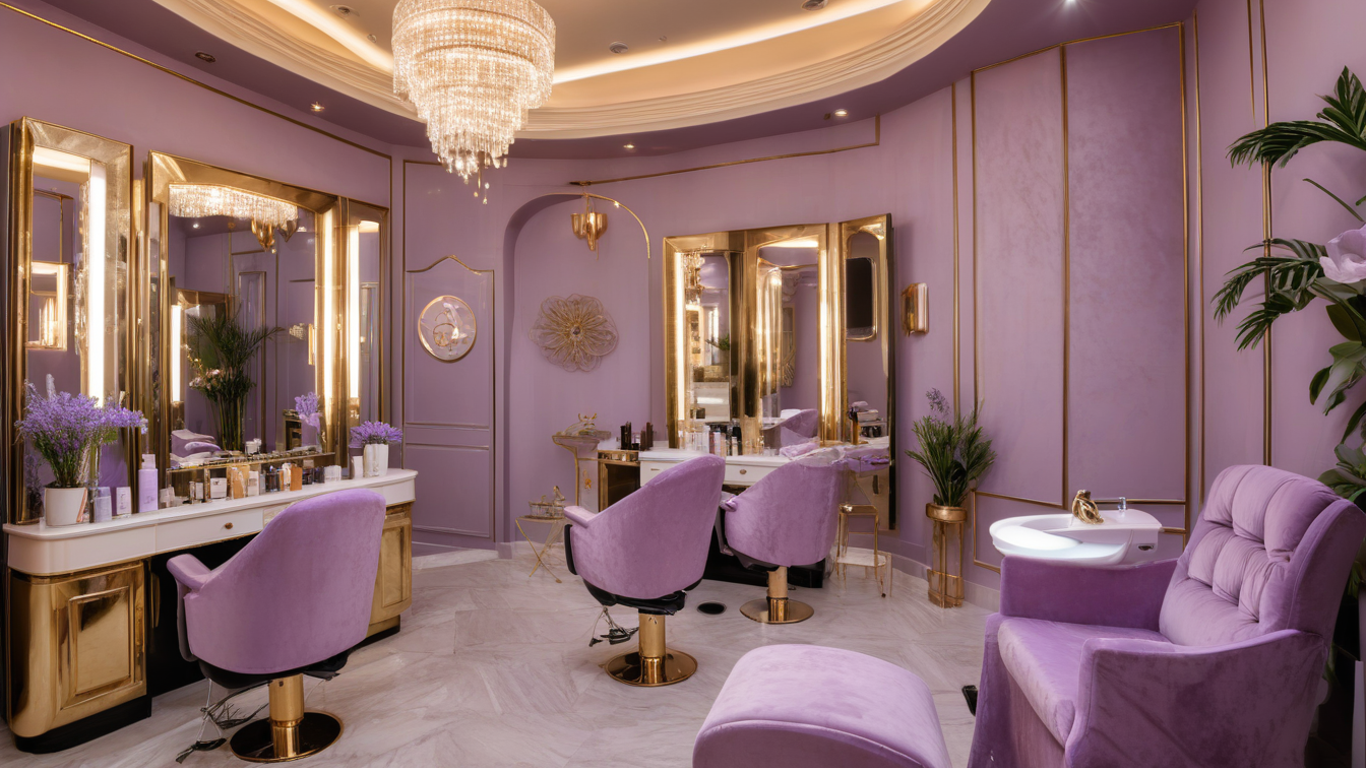
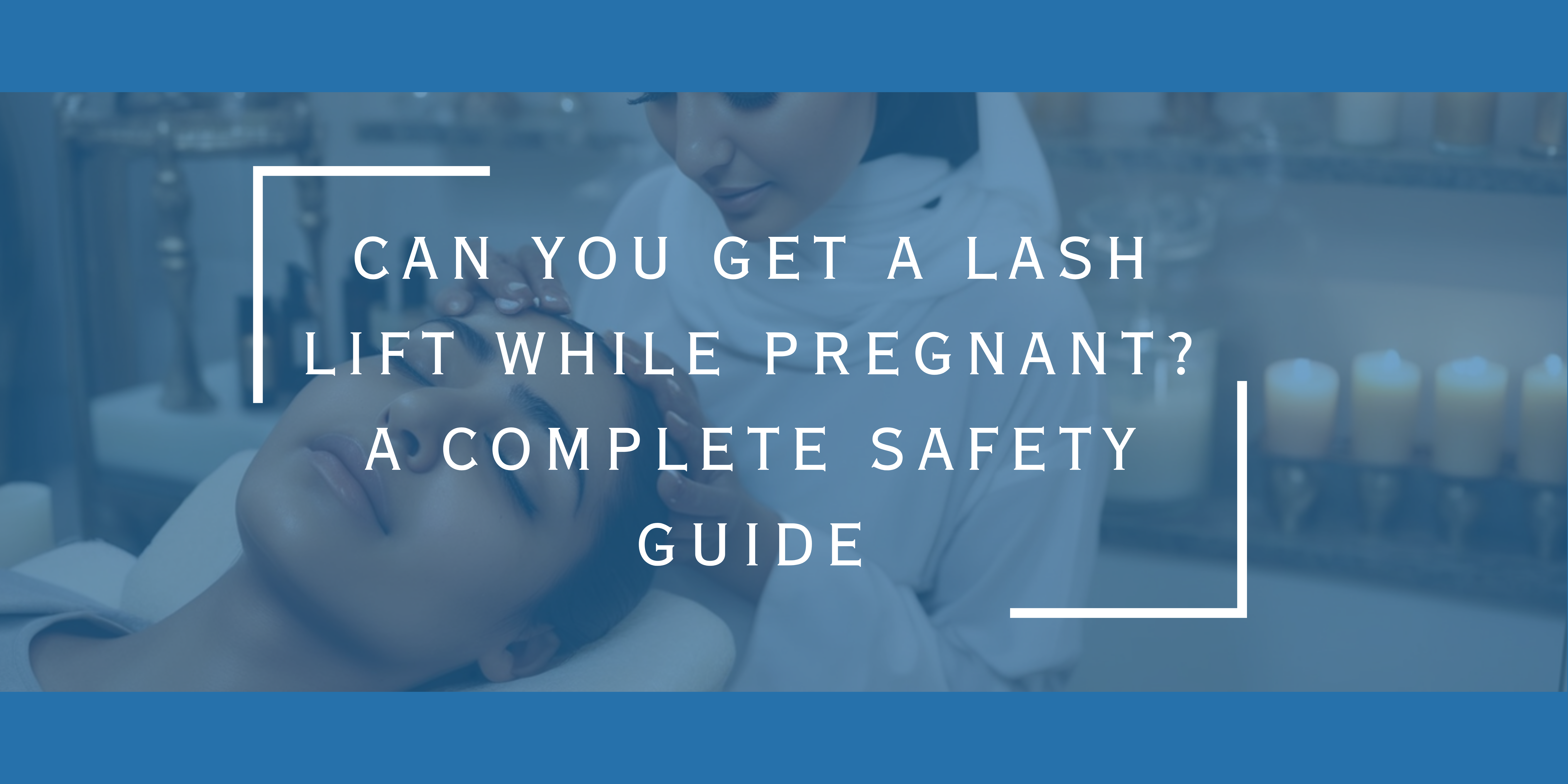
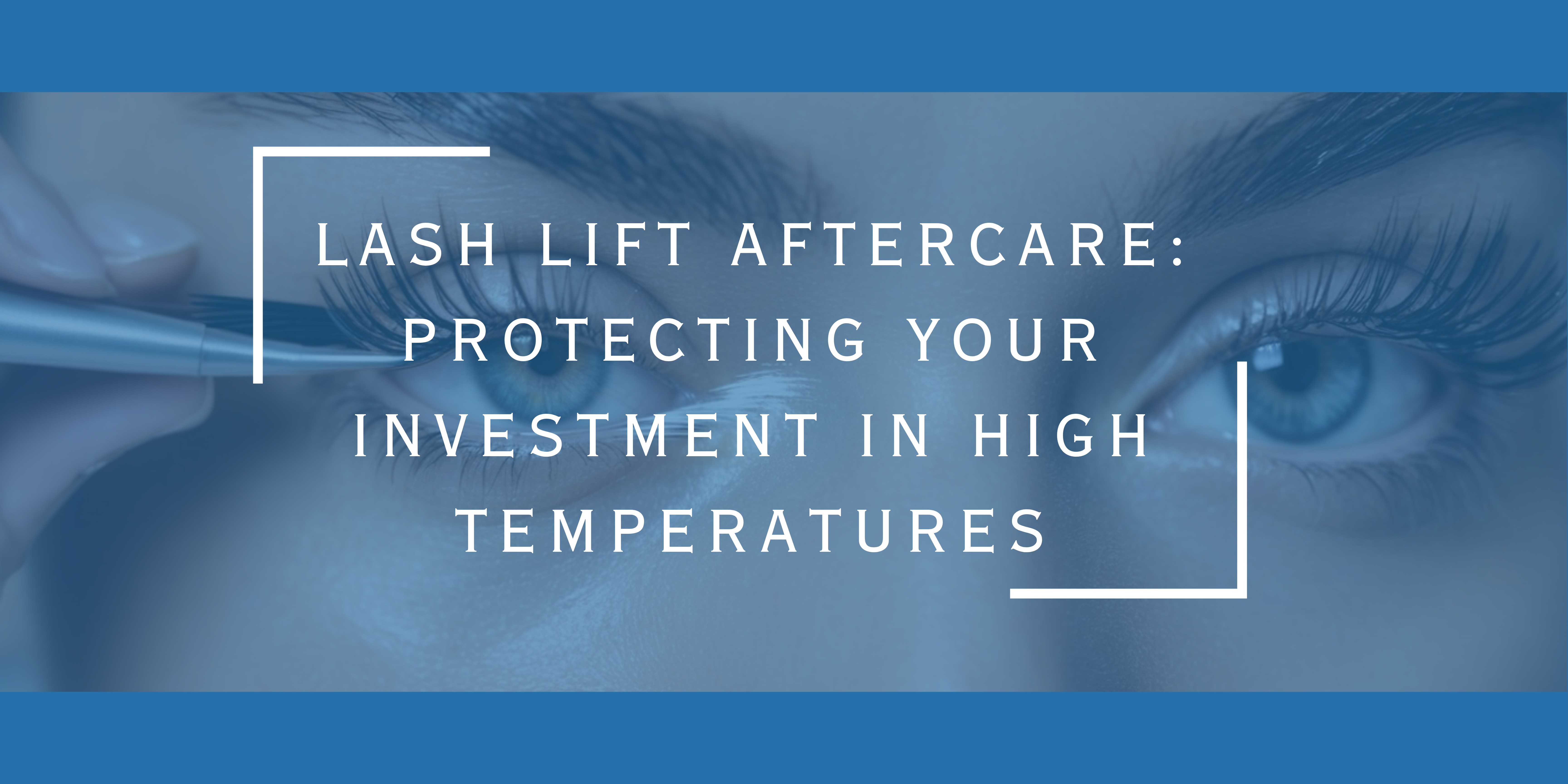
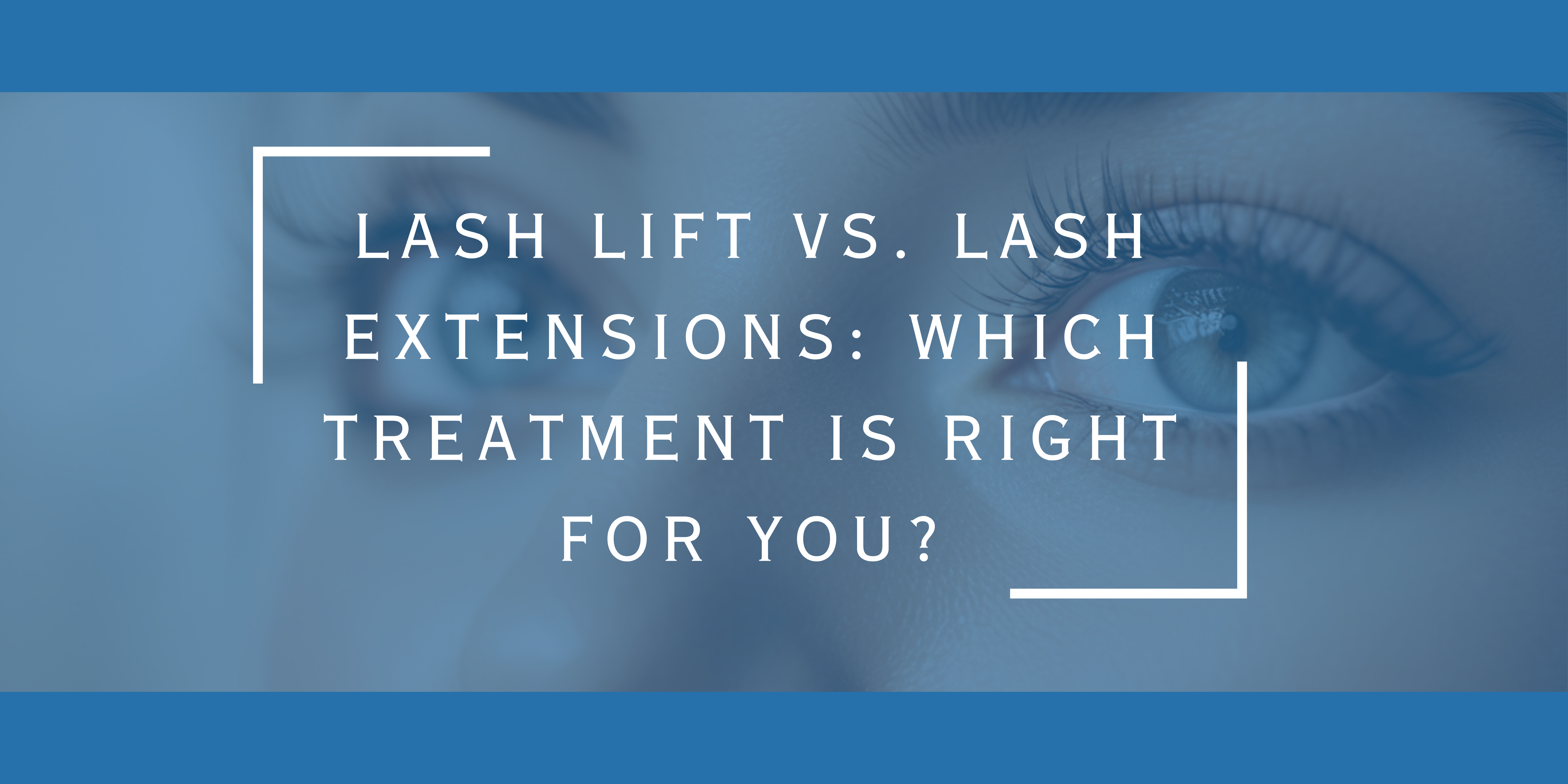


Comments (0)
{{ obj.comment_user_info.fullname }}
{{ obj.date_formatted }}{{ expandedComments[index] ? obj.comment : obj.comment.slice(0, 50) + (obj.comment.length > 50 ? '...' : '') }}
Add Comments
Login to comment